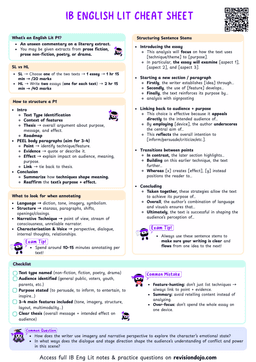Adaptations of Marine Mammals for Aquatic Life
- Marine mammals, which evolved from terrestrial ancestors about 50 million years ago, exhibit specialized adaptations for swimming in water, a medium approximately 1,000 times denser and far more viscous than air.
- These adaptations minimize resistance and enhance locomotion and breathing efficiency in an aquatic environment.

Streamlining Reduces Resistance
- To overcome water resistance, marine mammals have evolved a streamlined body shape that reduces drag during motion:
- Tapered Body Shape: Bodies are widest near the front and taper towards the rear, minimizing drag compared to other shapes.
- Elongated Teardrop Profiles: Flippers, flukes, and dorsal fins have a teardrop-shaped cross-section, reducing water resistance during movement.
- Smooth Body Surface: The blubber distribution and the absence of hind limbs and external ear flaps create a smooth contour.
- Hairless Skin: Skin lacks hair, further reducing friction with water.
The hydrodynamic design of dolphins enables them to swim at speeds up to 60 km/h, conserving energy by minimizing drag.
Adaptations for Locomotion
- Marine mammals rely on specialized structures for efficient and controlled movement:
- Flippers: Function as steering devices, replacing the role of front legs.
- Flukes: Lobes of the tail move up and down, generating powerful thrust.
- Dorsal Fin: Provides stability by preventing rolling during swimming.


